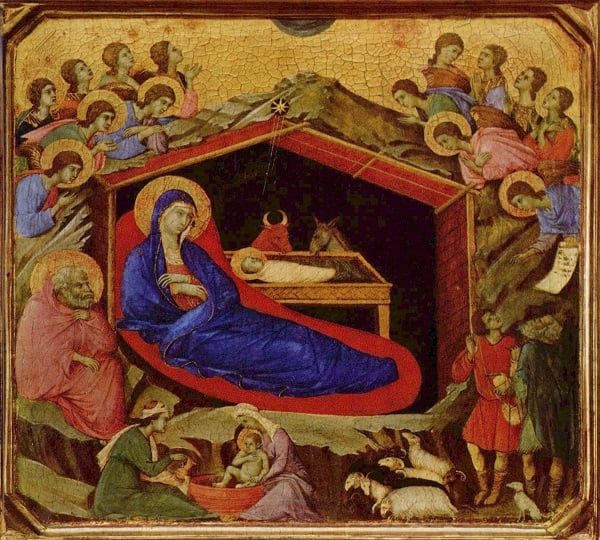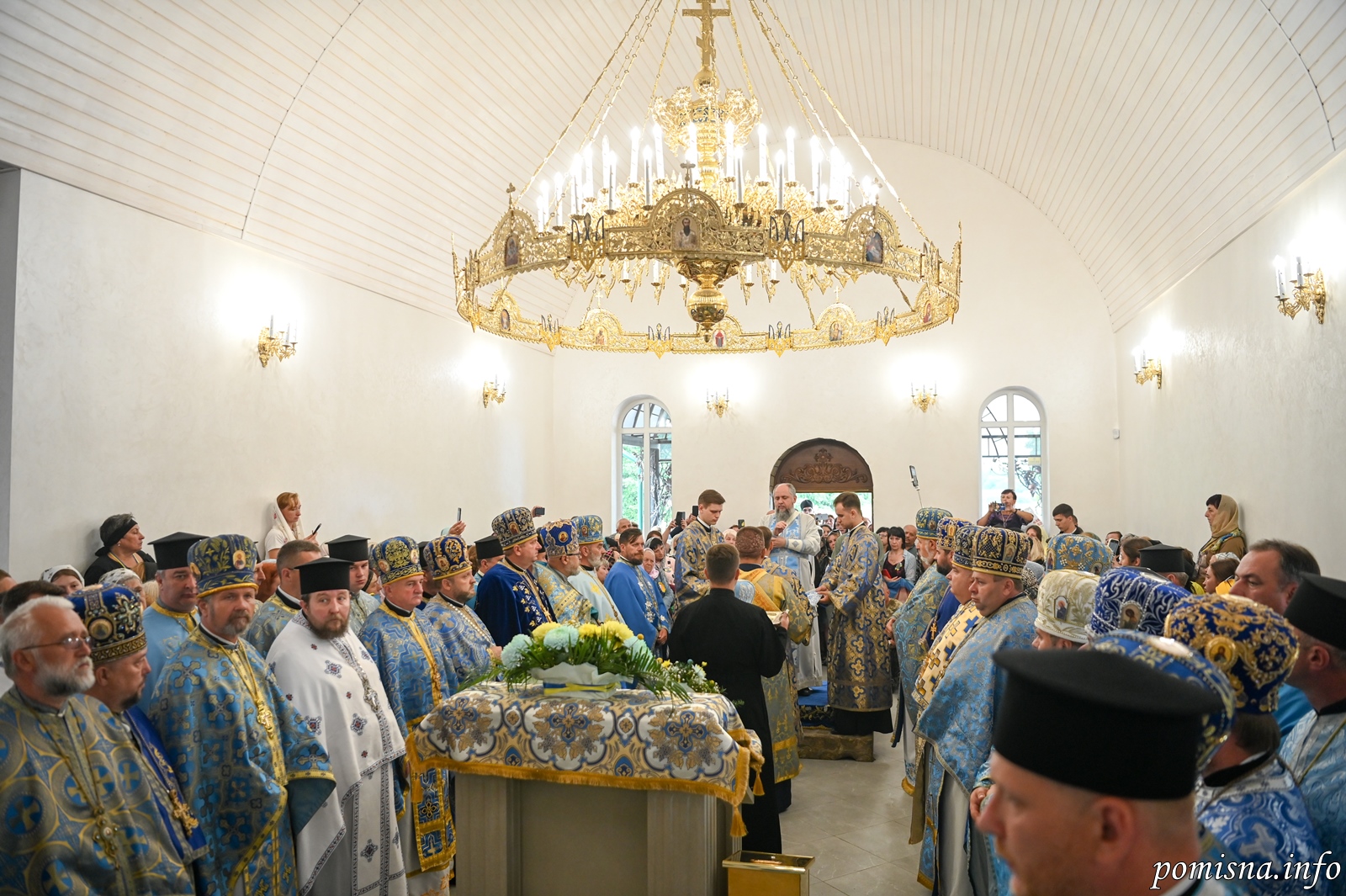Synaxis of the Most Holy Mother of God (26 December)


On the second day of the Feast of the Nativity of our Lord Jesus Christ, the Church has established the celebration of the Synaxis of the Most Holy Mother of God. The name of today’s festival signifies the gathering of the faithful in order to praise and glorify the All-Holy Virgin, who gave birth to our Savior.
On the first day of the Nativity of the Lord, the Church glorifies the Redeemer of the human race, and the blessed deliverance which freed the sinful world from the snares of the Enemy. On the second day of the Nativity of the Lord, which was such a great event for our salvation, the Church calls upon us to honor the Ever-Virgin Mary, the Mother of our Lord, in an appropriate manner.
The day after many of the Church’s Feast Days is called the Synaxis – such as the day after the Nativity of the Theotokos, when the righteous Joachim and Anna are commemorated; or the day following the Feast of Theophany, when we honor Saint John the Baptist, etc.
The Feast of the Synaxis of the Mother of God dates back to very ancient times. In the IV century, some Holy Fathers, such as Saint Epiphanios of Cyprus (May 12), were already preaching about it.
In the ancient Menaia, the Feast of the Synaxis of the Most Holy Theotokos was called “the Nativity Gifts.” This refers to the gifts which the Magi from the East brought to the newborn King of the Jews – the Divine Child Jesus. The Feast of the Synaxis of the Mother of God was also called “the Flight into Egypt.”
On December 26, the early Church commemorated the Wise Men who came to worship the Savior, and the flight into Egypt, as well as the Synaxis of the Mother of God. That is why some icons of the Nativity of the Lord depict His Birth, the worship of the shepherds and the Magi, as well as the Flight into Egypt. Sometimes the inscription reads “The Synaxis of the Most Holy Theotokos.”
Now, however, we commemorate “the Adoration of the Magi: Melchior, Gaspar, and Balthasar, and also the shepherds in Bethlehem who were watching their flocks and came to see the Lord” on the first day of the Nativity (December 25), but the Flight into Egypt is commemorated separately on December 26, the second day of the Nativity.
Before the massacre of the 14,000 Holy Innocents (December 29), an Angel warned Saint Joseph to take the Child and His Mother and flee to Egypt and to remain there until the Angel brought him word that it was safe for him to return to Nazareth, “for Herod will seek the child to destroy him” (Matthew 2:13).
In the icon of the Flight into Egypt there are mountains. The Virgin sits on a donkey with her Child, looking back at Joseph. He holds a staff, and his cloak is thrown over his shoulder. A young man (Tradition says this was Saint Joseph’s son James, the Brother of the Lord) leads the donkey carrying a rush basket, and looks back at the Virgin. Behind them is a fortified town with idols toppling from the walls. This event was prophesied by Isaiah: “Behold, the Lord sits on a swift cloud,1 and shall come to Egypt, and the idols of Egypt shall be moved at His presence, and their heart shall faint within them” (Isaiah 19:1); and the Prophet Hosea alludes to it: “Out of Egypt have I called my Son” (Hosea 11:1). This is also mentioned in the Church’s hymns.
1 On the Great Feast of the Transfiguration of the Lord (Sticheron 4 on the Praises), that cloud is seen as an image, or type, of the Virgin.
On the second day of the Nativity, the Christian Church gives glory and thanksgiving to the Most-holy Theotokos, who gave birth to our Lord, God and Savior Jesus Christ. This feast is called “the Synaxis” because on this day all of the faithful gather to glorify her, the Most-holy Theotokos, and to solemnly and universally celebrate a feast in her honor. In Ohrid, it has been the tradition from ancient times that, on the eve of the second day of Nativity, Vespers has been celebrated only in the Church of the Most-holy Theotokos called the Chieftain [Čelnica]. All the clergy with the people gather together to glorify the Most-pure Mother of God.
This Synaxis – which is to say, our coming together to glorify the Theotokos – is celebrated especially in her honour because she gave birth supernaturally to the Son and Word Of God, and thus became the instrument of the salvation of mankind.
Apolytikion of Synaxis of the Theotokos
Fourth Tone
Thy Nativity, O Christ our God, hath shined the light of knowledge upon the world; for thereby they that worshipped the stars were instructed by a star to worship Thee, the Sun of Righteousness, and to know Thee, the Dayspring from on high. O Lord, glory be to Thee.
Kontakion of Synaxis of the Theotokos
Plagal of the Second Tone
He, who was begotten of the Father before the morning star, without a mother, becomes incarnate of you today, without a father. Wherefore, a star announces the good news to the Magi. Angels with shepherds praise your immaculate birth-giving, O Full of Grace.
Source: oca.org / goarch.org / westserbdio.org




